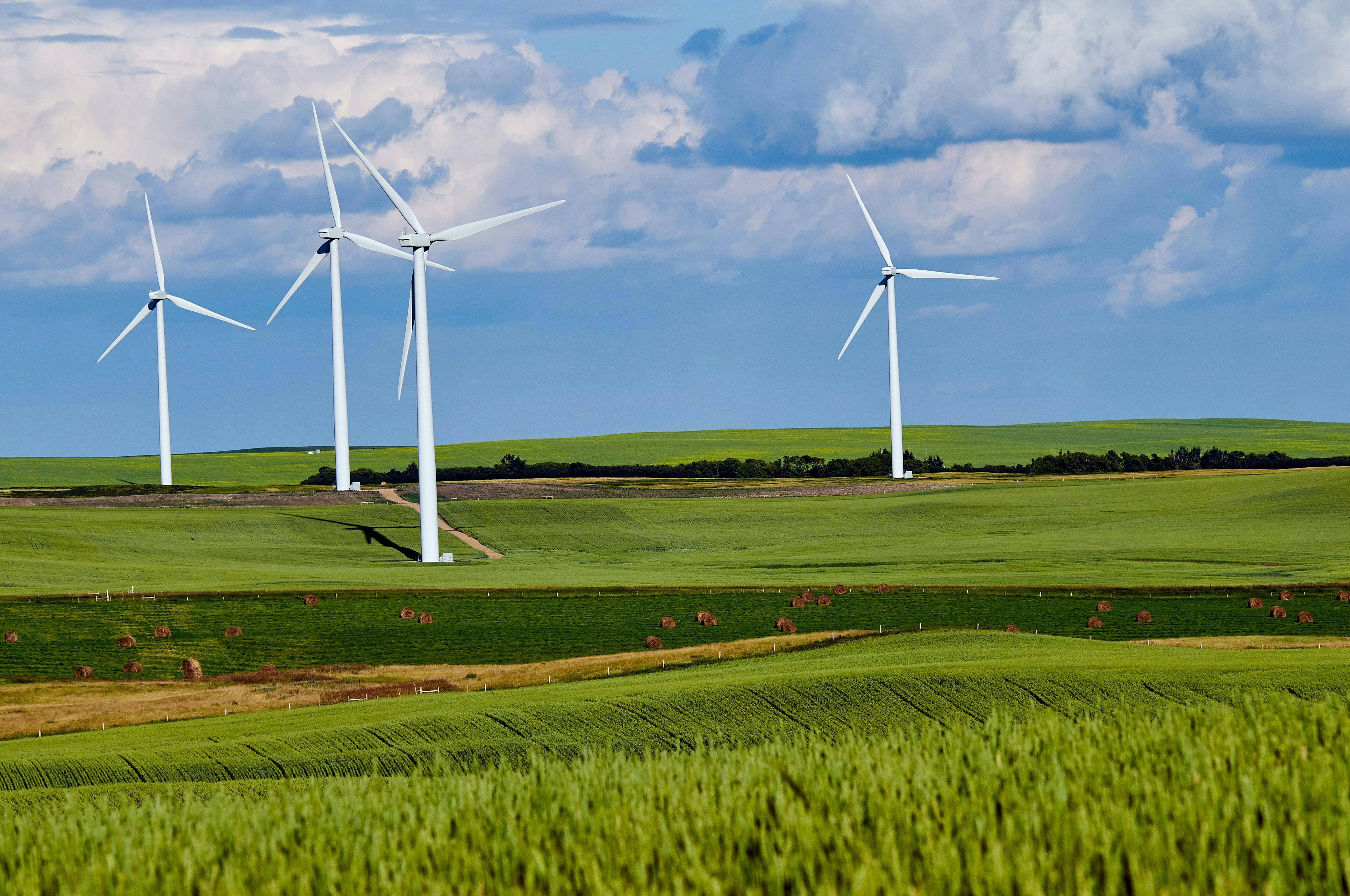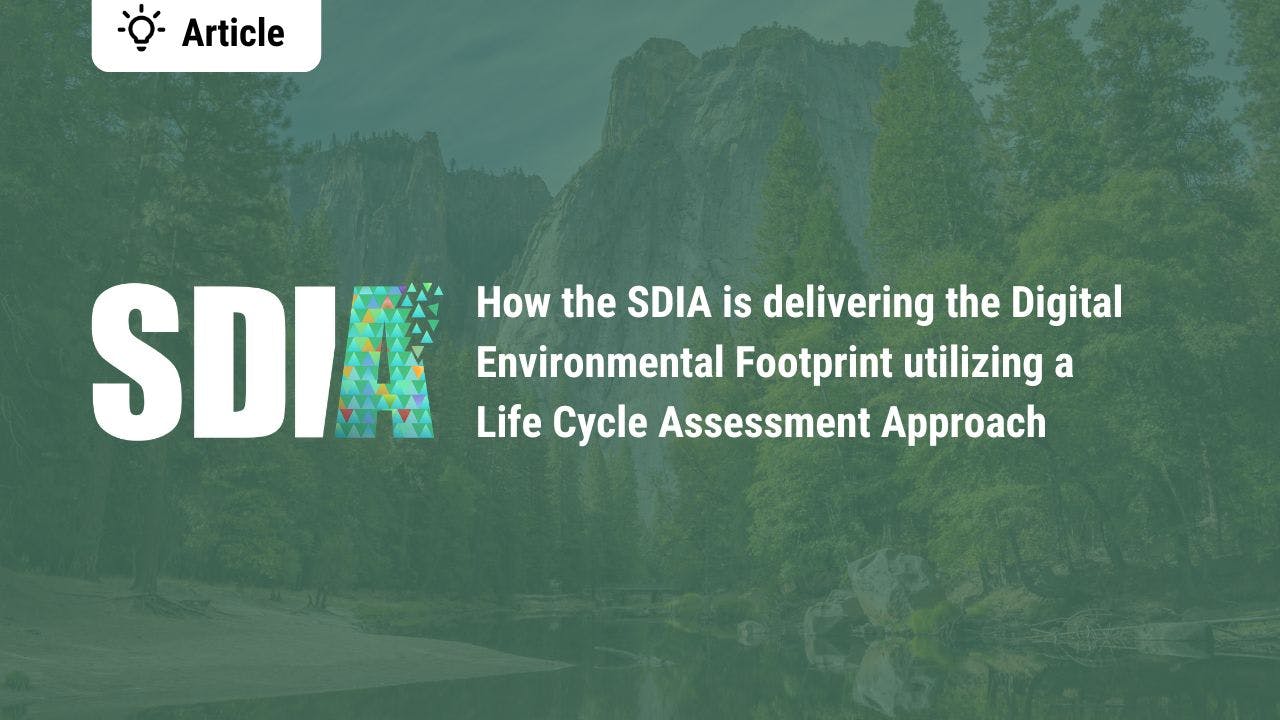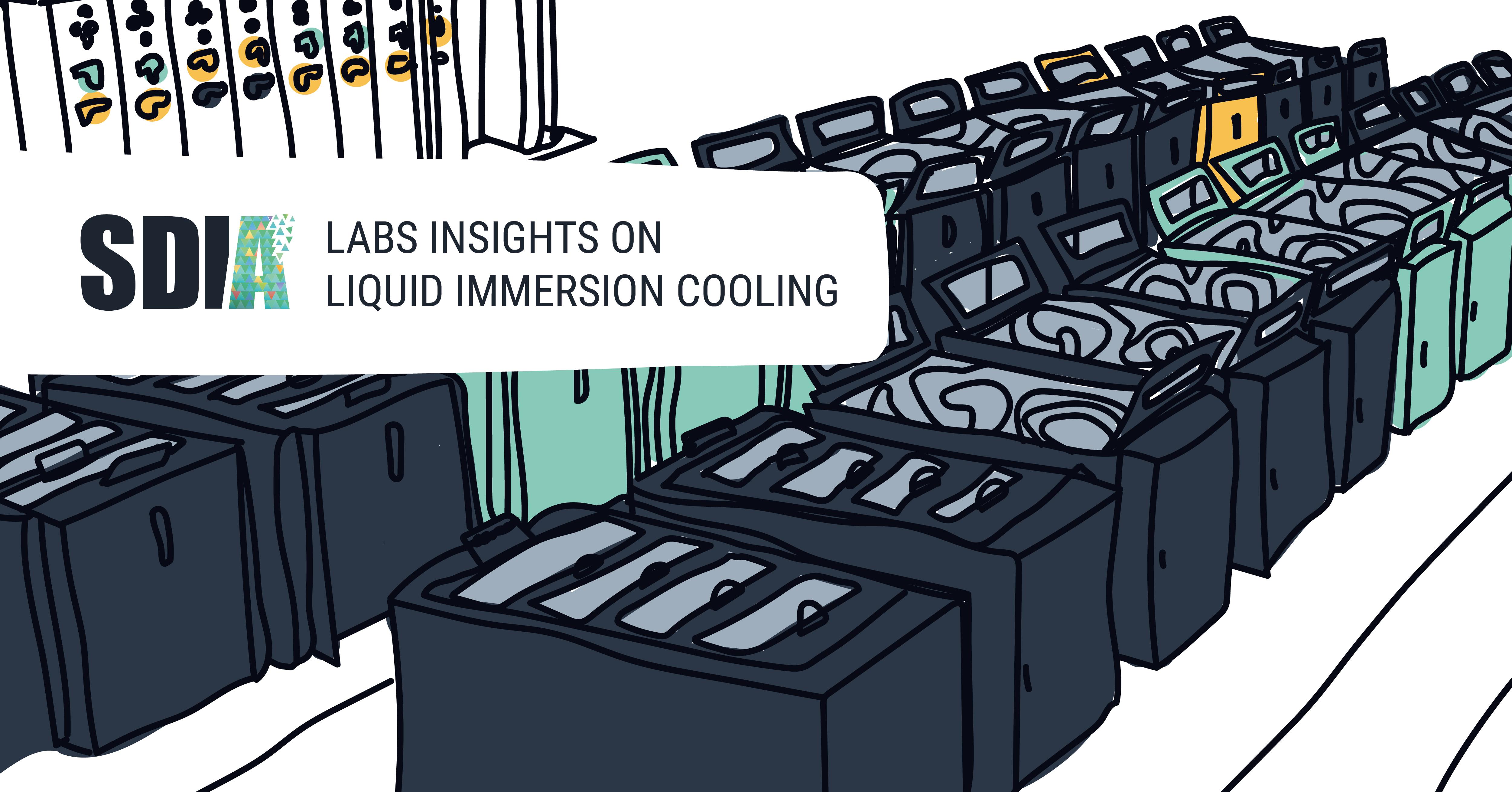Data consumption is expected to grow 20-fold until 2030
Many organizations are migrating their information and communications technology (ICT) solutions to the cloud, and the amount of data consumption is growing fast. Large data centers that facilitate cloud solutions are becoming increasingly difficult to fit into the energy and spatial system. To only way to truly address this pressing challenge is through sustainable digital infrastructure.
Sustainable digital infrastructure
The transition to a sustainable digital infrastructure requires innovative solutions. The Amsterdam Economic Board's Lower Energy Acceleration Program (LEAP) program – an initiative that SDIA is proud to be part of – has developed an overview of solutions to accelerate this transition.
In their latest publication, LEAP focuses on energy efficient solutions and describes relevant concepts with their respective time horizons.
A few examples of concepts they have explored include:
- Heuristics for hyperscale hardware management
- Green energy resources
- Energy-aware software optimizations
- Strategic geolocation of digital infrastructure
- Artificial intelligence energy optimization
They have divided their concepts into three time horizons:
- H1: Solutions for today (state-of-the-art)
- H2: Solutions for the near future (within the next 4-6 years)
- H3: Solutions further away (beyond 6 years)
After offering numerous concepts for every time horizon, LEAP suggests several adoption factors that would accelerate the implementation of the proposed solutions.
Of course, not all of these solutions will be easy to implement. Therefore, this report also outlines some impediments and open problems. In the end, LEAP sketches four scenarios that emerged from this report focusing on:
- Cloud centralization
- Flexible geolocation
- Seamless continuum
- Following time, space, and energy
Leap Technology Landscape
This report is intended for all stakeholders that seek to build to a future-proof energy efficient digital infrastructure – from business organizations like data centers, software development companies, and telecommunication service providers, to business customers, nongovernmental organizations (NGOs), and end users, as well as governmental organizations, decision-makers, and funding agencies.
Check out their roadmap and read about trends and future scenarios for sustainable digital infrastructure.


.jpg?ixlib=gatsbyFP&auto=compress%2Cformat&fit=max&rect=0%2C44%2C600%2C800&w=600&h=800)

